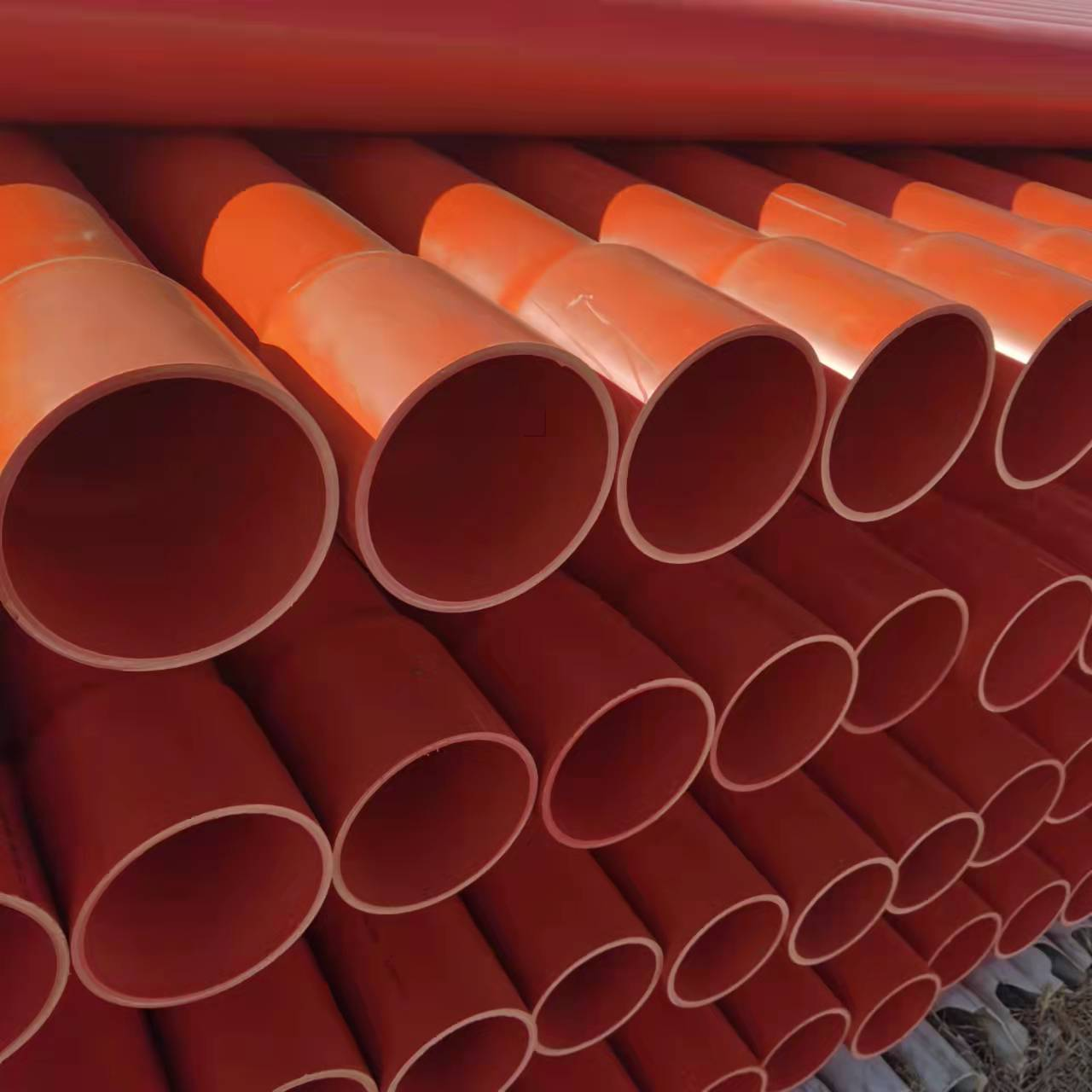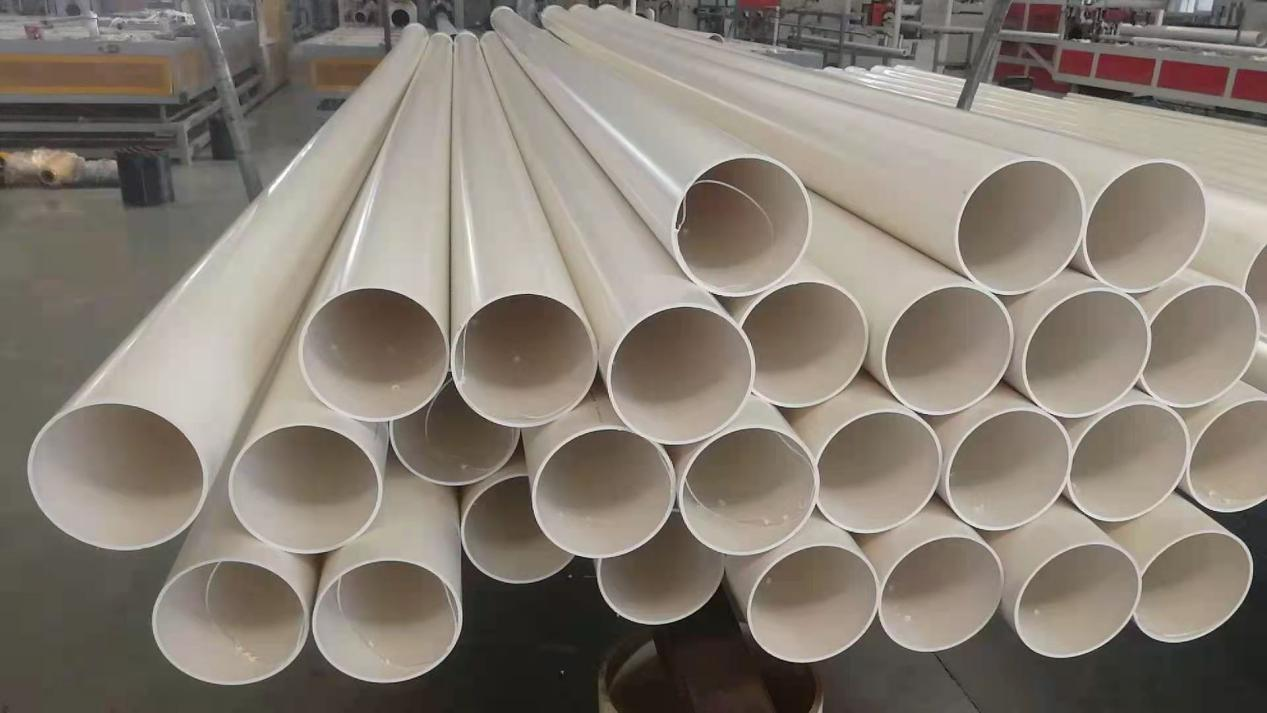UPVC or CPVC Cable Conduit which one is better?
2025-07-21
UPVC (unplasticized PVC) is rigid polyvinyl chloride enhanced of Cable Conduit with additives, offering higher mechanical strength than standard PVC.CPVC (chlorinated polyvinyl chloride) undergoes a specialized chlorination process, increasing chlorine content. This enhances its mechanical strength, heat and chemical resistance. Both UPVC and CPVC provide excellent chemical corrosion resistance, insulation, and flame retardancy (self-extinguishing), making them ideal for cable protection.
But UPVC or CPVC Cable Conduit, which one is better?
Flame Retardancy CPVC outperforms UPVC due to higher chlorine content.Heat Resistance CPVC handles temperatures 15°C higher than UPVC, remaining stable above 93°C.Insulation CPVC withstands over 30,000 volts, making it superior for high-voltage applications.Durability CPVC’s ring stiffness reaches 10 kPa, withstanding 1kg impact from 2m height even at 0°C, offering stronger pressure and impact resistance.
So, EastBoom think CPVC is the best choice for high-voltage Cable Conduit protection due to its superior performance.
UPVC is more cost-effective (no chemical modification required) and ideal for low-voltage (<10kV) cables, weak current systems, communication wiring, indoor conduits, and municipal lighting projects.
Contact us now for competitive pricing!






